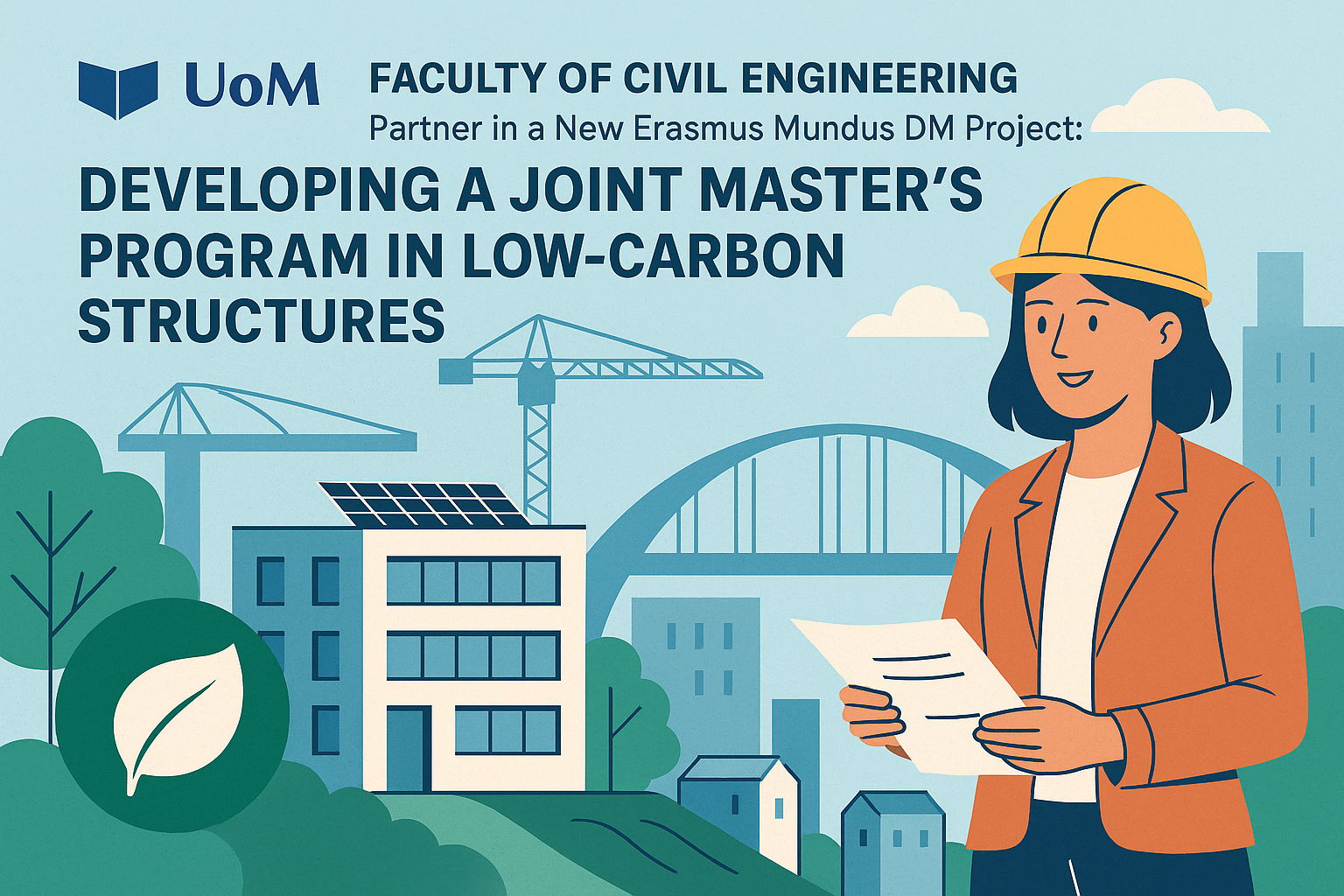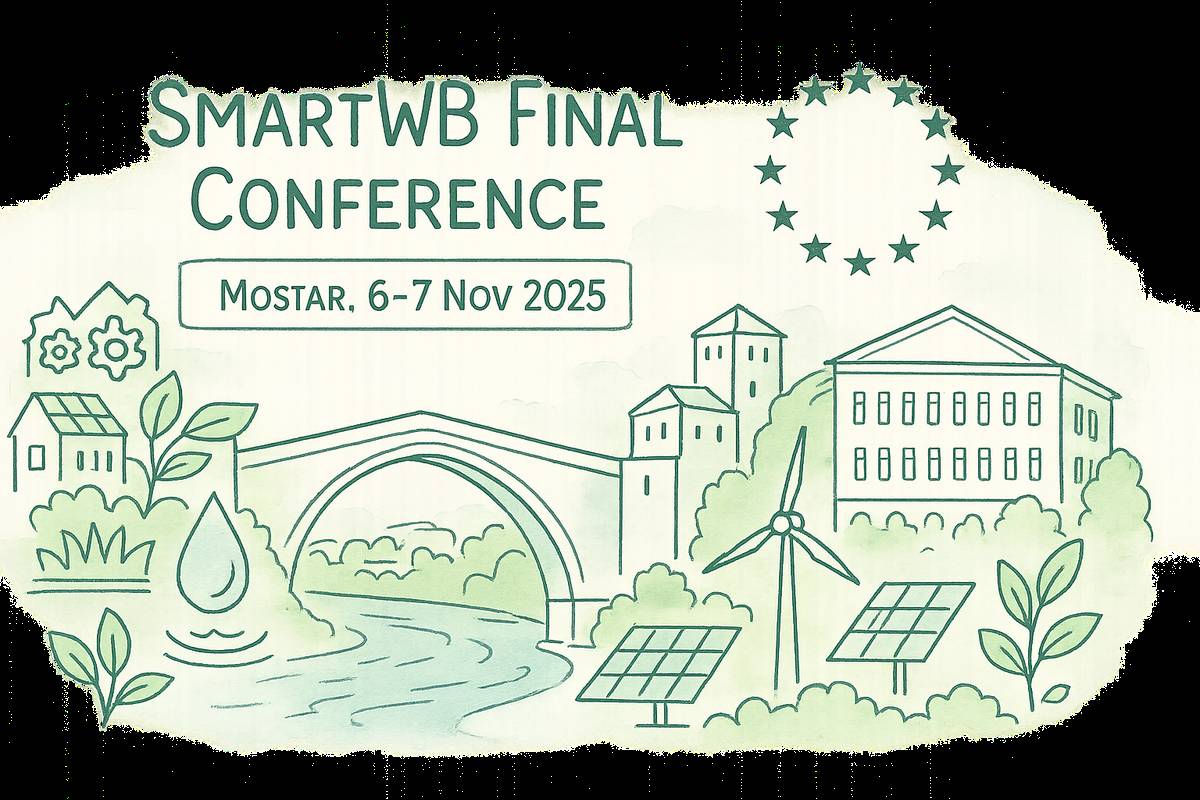At the Faculty of Civil Engineering, University of Montenegro, we strive to bridge education, research, and practice. Through the SmartWB project, we learned how to build curricula in collaboration with the non-academic sector, how to translate real-life challenges into learning assignments, and how to prepare students for an industry rapidly evolving under climate targets.
The experience we gained through SmartWB – particularly in connecting universities with the non-academic sector – has been recognized by the European University Alliance EUT+, which invited us to join the Erasmus Mundus Design Measures project aimed at developing a joint master’s program in Low Carbon Structures (LowCarb-S). The goal is clear: to educate a new generation of engineers who will design more resilient, sustainable, and carbon-efficient structures – from buildings and bridges to urban infrastructure.

Why is this important? Because both the market and public policy currently lack precisely this combination of competencies. LowCarb-S bridges the best of two worlds: advanced structural engineering and sustainability (LCA/LCC, nZEB, circularity, and low-CO₂ materials). In doing so, it fills a real gap in the European higher education area and directly supports the goals of the European Green Deal.
SmartWB gave us a strong foundation – validated models of cooperation with industry, pilot modules ready for scaling up, and a partner network that facilitates knowledge transfer from the classroom to practice. LowCarb-S is the natural next step – a joint European program that delivers tangible outcomes: lower construction emissions, more resilient cities, and engineers ready to contribute to design offices, construction sites, material production, public administration, and research institutes.


